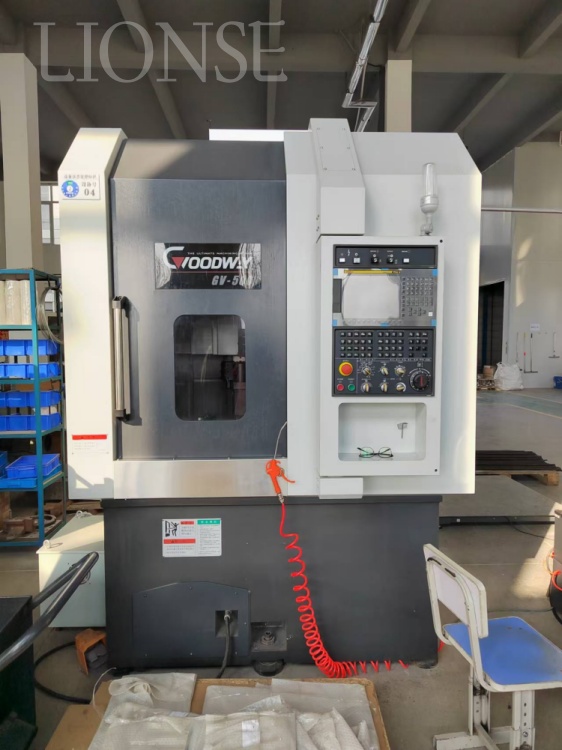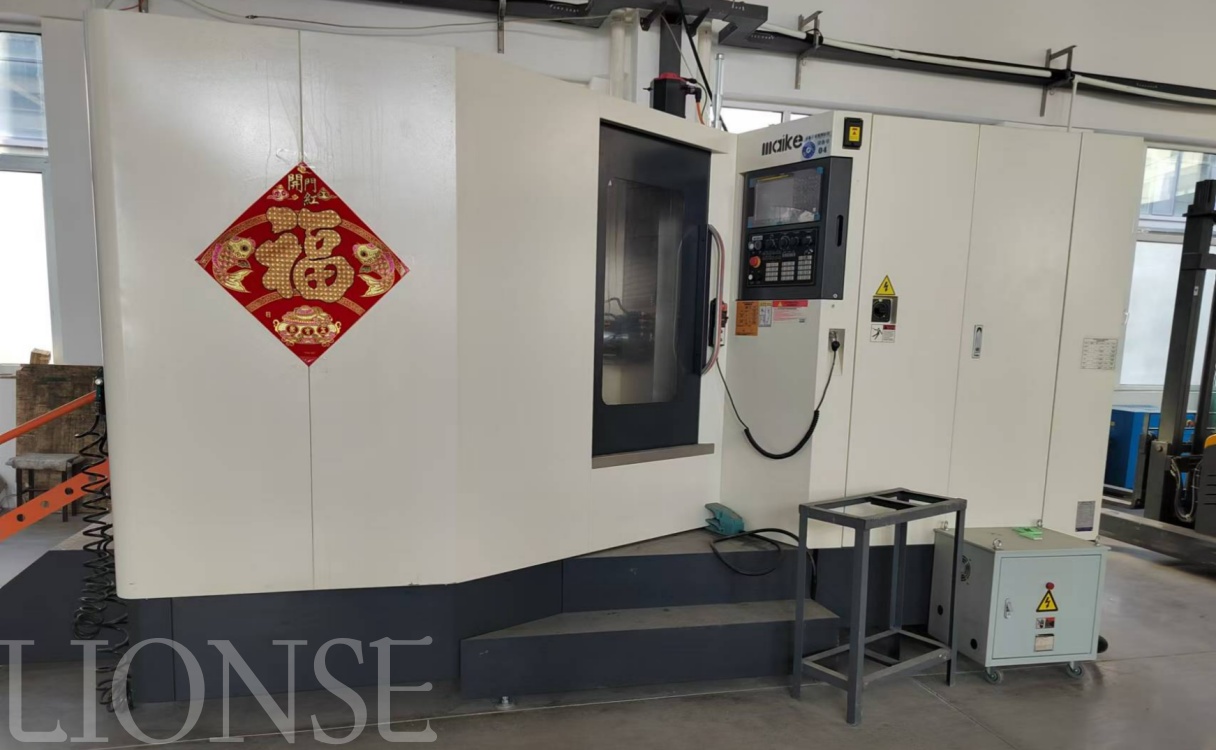

1. Structural Design and Orientation
Horizontal Machining Center
The spindle axis is horizontal, extending parallel to the ground.Typically features a rotary table (worktable) that can rotate 360°, allowing multi-sided machining without repositioning the workpiece.
Vertical Machining Center
The spindle axis is vertical, perpendicular to the ground.The worktable is horizontal, and the spindle moves vertically for cutting. It usually has a fixed worktable (some models may have a tilting or rotary axis as an option).
2. Workpiece Handling and Setup
Horizontal Machining Center
Ideal for complex parts that require machining on multiple sides (e.g., boxes, housings, or components with internal cavities).The rotary table enables automatic positioning for 4-axis or 5-axis machining, reducing workpiece setup times and improving accuracy.
Vertical Machining Center
Suitable for parts that require machining primarily on the top surface (e.g., plates, panels, or parts with simple 3D contours).Workpiece loading and unloading are more straightforward, as the top surface is easily accessible.
3. Machining Capabilities and Applications
Horizontal Machining Center
Excels in heavy-duty cutting, high-volume production, and parts requiring high precision on multiple surfaces.Commonly used in industries like automotive, aerospace, and mold making for components such as engine blocks, gearboxes, and complex molds.
Vertical Machining Center
Better for shallow cutting, high-speed milling, and 2.5D or 3D surface machining.Widely applied in electronics, medical devices, and prototype manufacturing for parts like circuit boards, small casings, and decorative components.
4. Chip Removal and Cooling
Horizontal Machining Center
Chips fall naturally due to gravity, reducing the risk of chip accumulation on the workpiece.Requires more robust coolant systems to flush chips from horizontal surfaces and internal cavities.
Vertical Machining Center
Chips may accumulate on the worktable, requiring frequent cleaning to avoid interference with machining accuracy.Coolant can be more easily applied directly to the cutting area.
5. Footprint and Cost
Horizontal Machining Center
Larger and heavier, with a higher initial investment and maintenance cost.Suitable for large-scale production lines where efficiency and multi-axis machining are prioritized.
Vertical Machining Center
More compact, cost-effective, and easier to install in small to medium-sized workshops.Ideal for small-batch production, prototyping, or applications with limited space.
6. Precision and Rigidity
Horizontal Machining Center
Offers higher rigidity for heavy cutting, reducing vibration and ensuring long-term precision.The horizontal spindle design may require more complex balancing to maintain accuracy.
Vertical Machining Center
Generally has good rigidity for medium-duty cutting but may face limitations in heavy loads.Vertical spindle movement is more straightforward, making it easier to maintain vertical accuracy.

